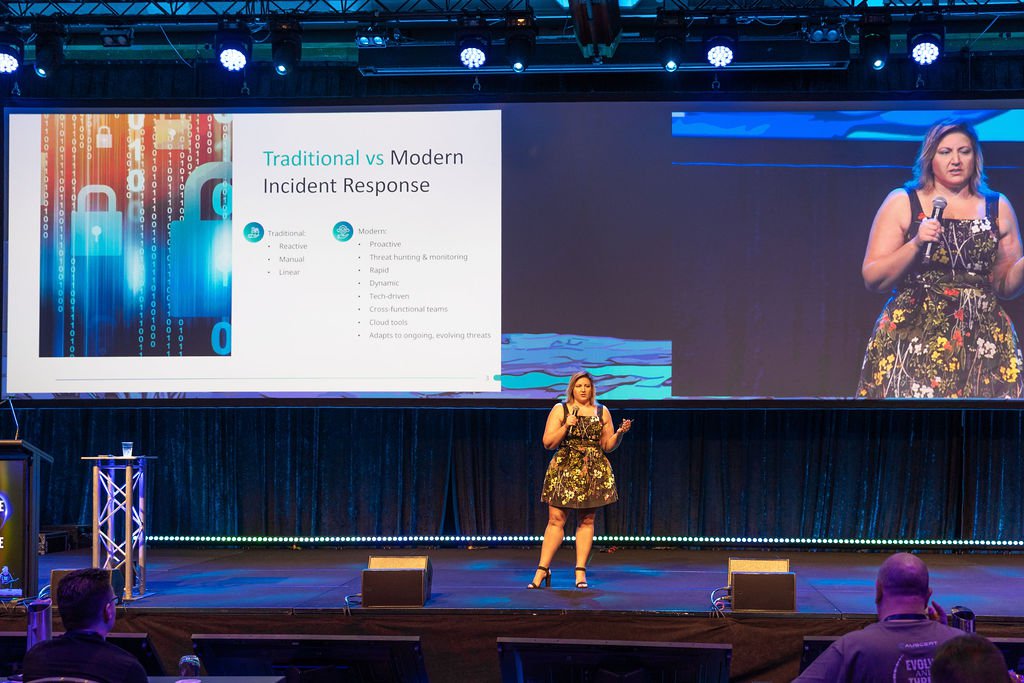Introduction
Mergers and Acquisitions (M&A) play a pivotal role in shaping the landscape of the cybersecurity industry. In this article, we will delve into the dynamics of M&A within the cybersecurity sector, exploring both successful and unsuccessful instances. Additionally, we will provide insights for start-up and mid-market businesses aspiring to enhance their appeal for acquisition by global enterprise organisations.
Successful M&A in Cybersecurity
a. Cisco’s Acquisition of Sourcefire (2013): One of the standout success stories in the cybersecurity M&A realm is Cisco’s acquisition of Sourcefire in 2013 for $2.7 billion. This strategic move allowed Cisco to bolster its security portfolio with Sourcefire’s advanced threat detection capabilities, strengthening its position in the rapidly evolving cybersecurity market. The integration was seamless, showcasing the importance of aligning technological synergies.
b. Symantec’s Acquisition of Blue Coat (2016): Symantec’s acquisition of Blue Coat for $4.65 billion in 2016 marked a significant expansion in its cybersecurity offerings. This move enabled Symantec to offer a comprehensive security platform by integrating Blue Coat’s advanced web security solutions. The successful integration showcased the importance of diversifying product portfolios to meet evolving cybersecurity challenges.
Unsuccessful M&A in Cybersecurity
a. HP’s Acquisition of Autonomy (2011): HP’s acquisition of Autonomy in 2011 for $11.1 billion turned into one of the most infamous cases of M&A failure. Allegations of financial mismanagement and accounting irregularities led to substantial write-downs, causing significant financial losses for HP. This case highlights the importance of thorough due diligence, especially regarding the financial health and integrity of the target company.
b. FireEye’s Acquisition of Mandiant (2013): While FireEye’s acquisition of Mandiant aimed to strengthen its position in advanced threat intelligence, it faced challenges in integrating the two entities effectively. Cultural differences and product integration complexities hindered the expected synergies, underscoring the importance of cultural alignment and strategic planning in cybersecurity M&A.
Strategies for Start-ups and Mid-Market Businesses
Focus on Innovation
Start-ups and mid-market businesses can enhance their appeal by emphasising innovation. Developing cutting-edge technologies and solutions that address emerging cybersecurity threats positions a company as a valuable asset for larger enterprises seeking to stay ahead in the security landscape.
Build a Strong Intellectual Property Portfolio
Intellectual property is a significant factor in acquisition decisions. Businesses should prioritise building a robust portfolio of patents and proprietary technologies, showcasing their unique contributions to the cybersecurity space.
Demonstrate Scalability and Flexibility
Global enterprise organisations seek scalability and adaptability in their acquisitions. Start-ups and mid-market businesses should showcase the scalability of their solutions and their ability to adapt to evolving cybersecurity challenges.
Conclusion
Mergers and acquisitions continue to shape the cybersecurity industry, with success and failure stories providing valuable lessons for businesses. Aspiring entities in the start-up and mid-market space can elevate their appeal by focusing on innovation, building a strong intellectual property portfolio, and demonstrating scalability and flexibility. By learning from past M&A experiences, businesses can navigate the complexities of the cybersecurity landscape and position themselves for successful acquisitions in a rapidly evolving industry.
References
Cisco – Sourcefire Acquisition
Symantec – Blue Coat Acquisition
Forbes – The HP-Autonomy Debacle One Year Later: Lessons Learned
CSO Online – FireEye’s Mandiant Acquisition: Game-Changer or Not?







